The Shooter Who Changed the Game: A Breakdown for Real Players
I’ve spent the better part of my life in gyms, watching and analyzing basketball at every level. You see all kinds of talent—guys who can score, guys who can pass, and pure shooters. But every once in a while, a player comes along who doesn’t just play the game; they completely change the court’s geometry. That’s what we saw with one of the most iconic shooters to ever play.
In this article
His arrival in the pros wasn’t just another talented player joining the league. It was a paradigm shift. So many people just see the highlight reels, those crazy long-range bombs, and the celebrations. They call him the greatest shooter of all time, and honestly, they’re not wrong. But that label, as accurate as it is, barely scratches the surface.
To really get it, you have to look closer. You need to see the tiny mechanical details that make his shot almost impossible to guard. You have to understand the tactical nightmares he creates for defenses before he even has the ball. And you have to appreciate the sheer volume of grueling, specific work that built the foundation for what looks so effortless. This isn’t just about celebrating stats; it’s about dissecting a master at work.

Building an Unbreakable Foundation
It’s easy to forget that his path wasn’t a straight line to the top. His first few years in the league were plagued by doubts about his durability, specifically recurring ankle issues that needed surgical repair. Back then, a lot of experts wondered if his body could handle the grind of a long professional season. The talent was undeniable, but he seemed fragile.
But that period of adversity turned out to be a blessing in disguise. It forced him and his trainers to completely rethink his physical preparation. They shifted focus from just basketball skills to rebuilding his entire physical engine from the ground up, concentrating on strengthening his core, hips, and entire posterior chain. The whole idea was to build a stable platform to take the stress off those vulnerable ankles.
They incorporated heavy lifting, like hex-bar deadlifts, to build serious power in his lower body. This is the secret sauce to his incredible shooting range. That strength allows him to generate force from his legs, keeping his shooting motion smooth and repeatable even when he’s 30 feet from the basket. It’s all about creating a resilient base, a lesson every young player needs to hear. You just can’t build a skyscraper on a weak foundation.
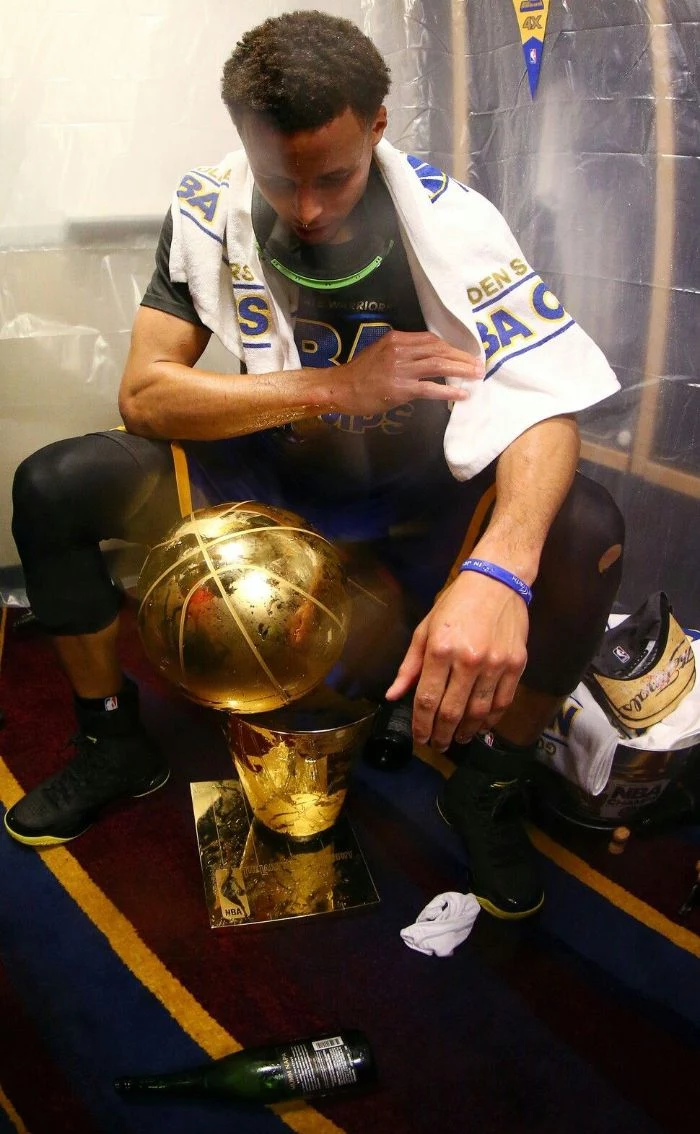
Quick Tip for Home Workouts: Don’t have a pro gym? No problem. You can build the same essential strength at home. Try a simple bodyweight circuit: 3 sets of 15 deep bodyweight squats, 3 sets of 30-second planks, and 3 sets of 10 glute bridges. Do this a few times a week, and you’ll be building that same power base he relies on.
The Shot: A Masterclass in Speed and Physics
So, what makes his shot so revolutionary? It’s a perfect storm of speed, efficiency, and physics. When I break down the film, it’s fundamentally different from the classic form taught for decades. Most coaches taught a two-motion shot: you bring the ball up, pause at your set point, and then push forward. This shooter uses a one-motion shot.
There’s no pause. The ball moves in one fluid, continuous arc from the dip by his waist to the release point above his head. This makes it incredibly fast—we’re talking under 0.4 seconds from catch to release. The average pro shooter is closer to 0.5 seconds. That tenth of a second is a lifetime in basketball; it means a defender has to be right on top of him to even have a chance.
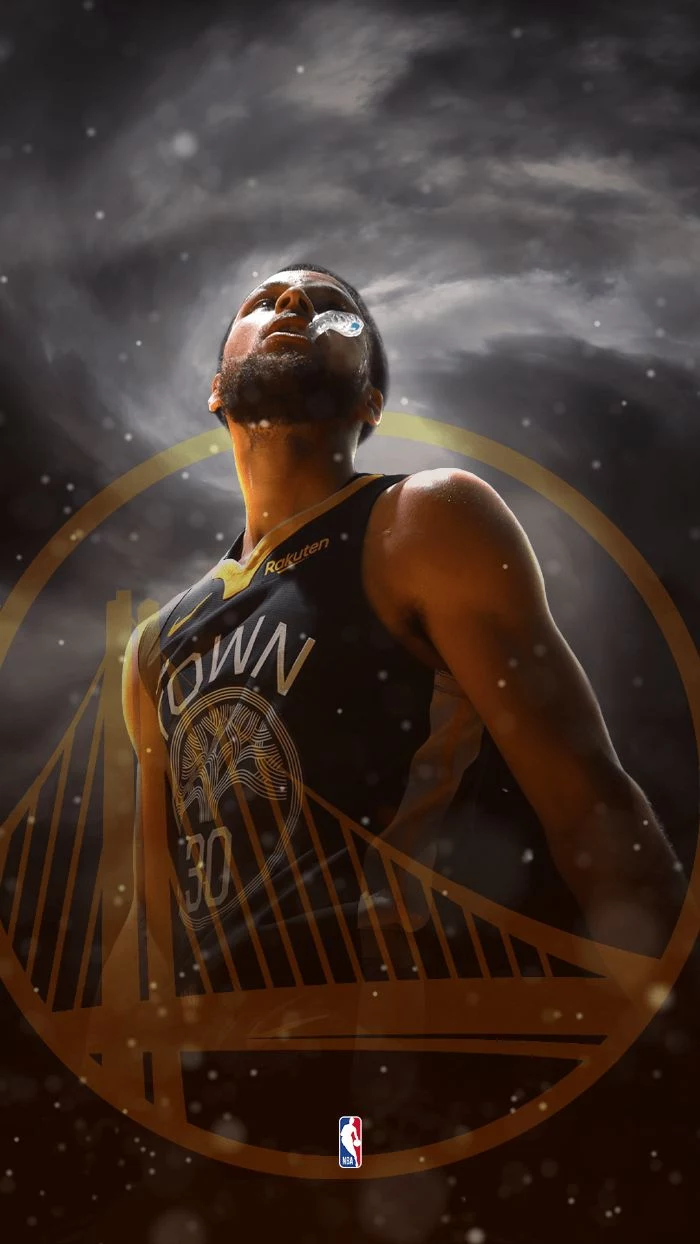
Let’s compare the two styles really quickly:
- Two-Motion Shot: This is the more traditional form. It’s powerful and great for set shooters who have time. The pause at the top helps with aiming, but it’s slower and easier for defenders to time.
- One-Motion Shot: This is all about speed and rhythm. It’s ideal for shooting off the dribble or coming off screens. It’s harder to master because it relies on seamless energy transfer from your legs, but it’s almost impossible to block when perfected.
Test Your Own Shot: Not sure which you have? Have a friend film your jump shot in slow-motion on their phone. Watch it back. Do you see a distinct pause at the top of your shot before you push forward? If so, you have a two-motion shot. The goal for a quicker release is to smooth out that pause into one fluid movement.
Then there’s the arc. His shots peak at around 16 feet, which is higher than most. This is pure physics. A ball dropping on the rim from a steeper angle has a bigger target to fall into and gets softer bounces. Think of it like dropping a coin into a cup—it’s much easier from directly above than from the side. It’s an intentional technique to maximize his margin for error.
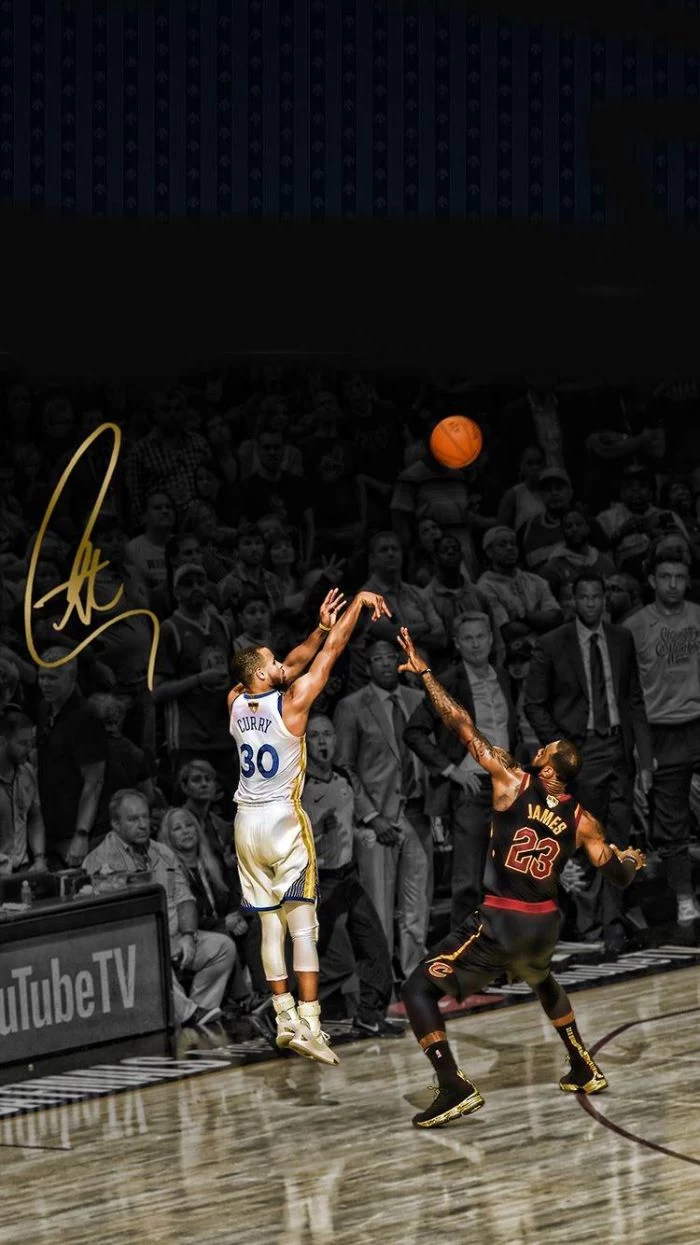
Redefining the Entire Offense
For most of basketball history, the most valuable real estate on the court was the paint. Defenses were built to protect the rim. This guy changed that. He made the area 30 feet from the hoop the scariest spot on the floor. This created a phenomenon that analysts call “gravity.” His mere presence on the court bends the defense toward him.
When he’s 35 feet out, a defender has to guard him, pulling one defender far from the basket. Often, teams panic and send a second guy to trap him. When that happens, you have two defenders guarding one player near half-court. You do the math: that leaves a 4-on-3 advantage for his teammates. They have wide-open lanes to cut and drive. His value isn’t just in the points he scores, but in the chaos he creates.
His movement without the ball is just as deadly. He never, ever stops moving, running his defender through a maze of screens. He’s also one of the few superstars who willingly sets screens for others, which creates total confusion for the defense. That unselfishness and constant motion are what make him a true offensive engine.
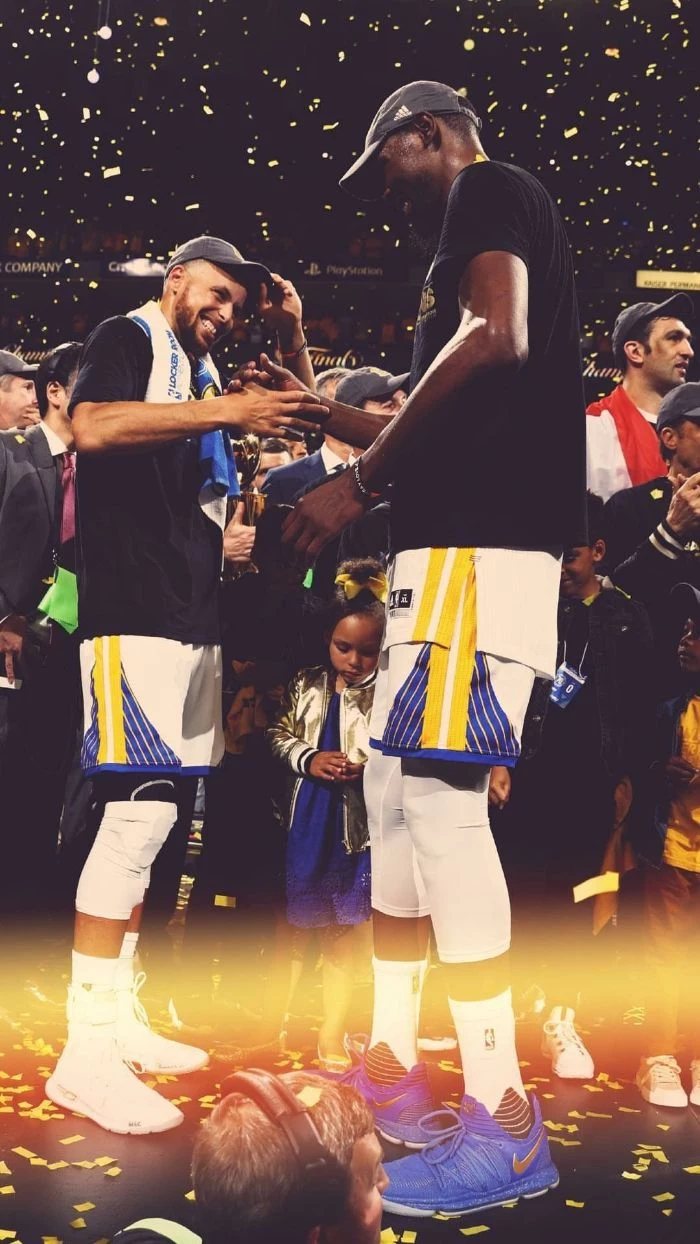
How You Can Start Training Smarter
When young players tell me they want to shoot like him, I always start with a warning. You can’t start by launching 30-footers. That’s the end result of decades of work. Trying to copy his range before you have the strength and mechanics will only wreck your form.
Instead, steal his process. Here are some practical takeaways:
-
Master Your Form Up Close. Before you even think about the three-point line, perfect your shot from 5-10 feet away. Here’s a 15-Minute Form Shooting Drill to start every workout: Stand 3 feet from the hoop. Make 10 perfect swishes with just your shooting hand to feel the release. Then, make 10 more using both hands, focusing on a high, soft arc. Take one step back and repeat. This builds muscle memory.
-
Build Your Power Base. Remember those bodyweight exercises? Do them. A strong core, glutes, and legs are where your shooting power comes from. It’s far more important than just mindlessly heaving up shots.
-
Handle the Rock. A great shot is useless if you can’t create space to get it off. Practice dribbling daily. A great drill is to just dribble a tennis ball with one hand while dribbling your basketball with the other. You can get a pack of tennis balls for less than $5, and this drill does wonders for your coordination.
-
Move Without the Ball. Next time you play pick-up, make a rule for yourself: after every pass, you have to cut to a new spot. Never stand still. This simple habit will get you so many more open looks.
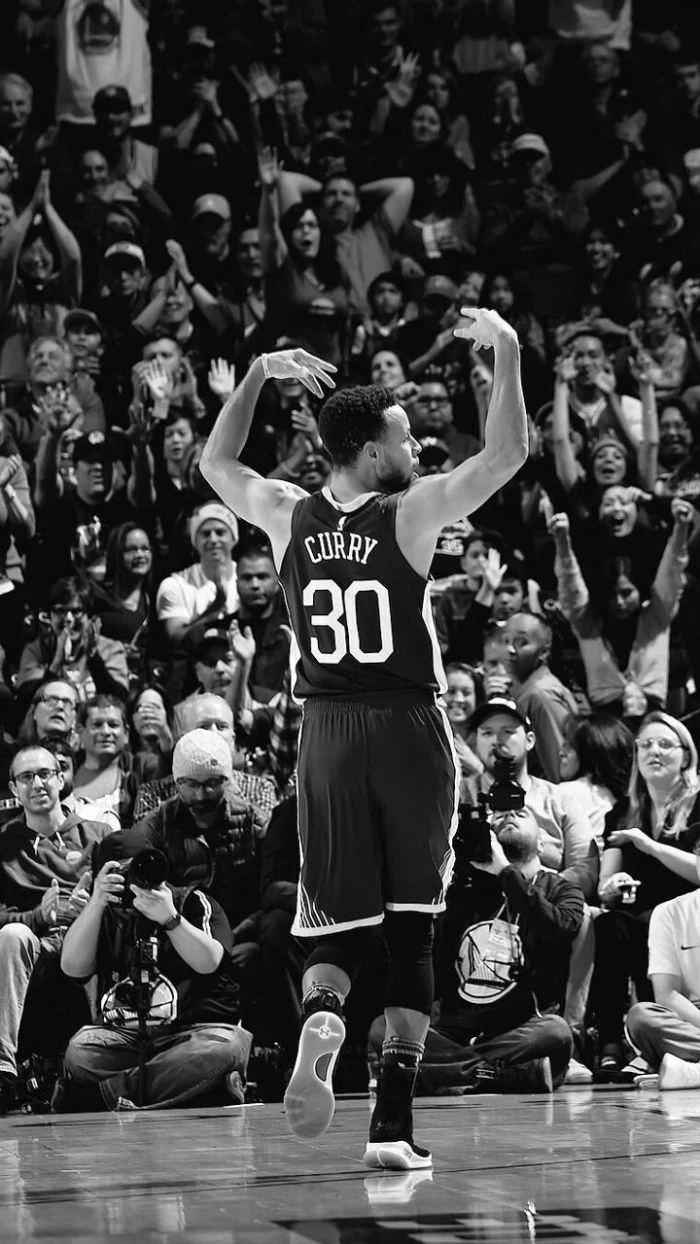
Heads Up! A Common Mistake: The biggest error I see is kids trying to copy his range without having the strength. They end up heaving the ball with their whole body, throwing their shoulders and hips out of alignment. This destroys proper form. Power comes from your legs, not from a running start. Build your foundation first!
The Lasting Impact
A true master never stops evolving. This player adapted his game multiple times to fit his team’s needs, sometimes playing more off-ball to create space for another legendary scorer, and at other times, carrying the entire offensive load himself. That ability to adapt is the mark of true greatness.
But his real legacy is how he changed the sport. Before him, a 30-foot shot was a last-second prayer. He turned it into a smart, high-percentage weapon. Now, you see kids at every level pulling up from deep. The three-point shot is the central focus of offenses worldwide. He didn’t just win championships; he completely reimagined the game of basketball.
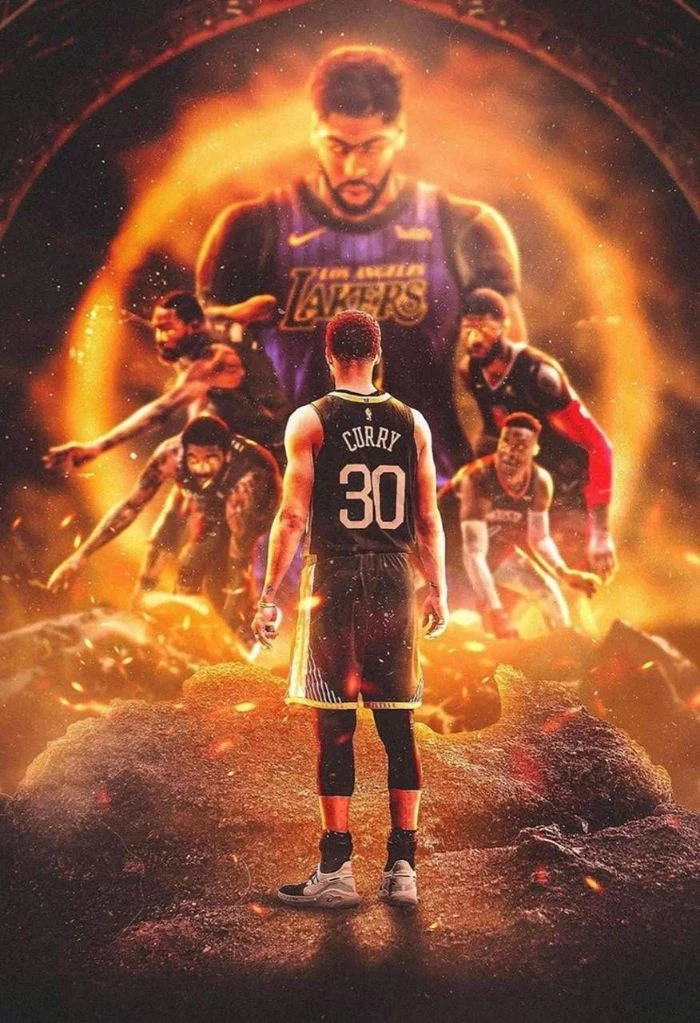
So, I’m curious—what’s the one part of this legendary shooter’s game you’re trying to add to your own? Let me know in the comments below!
Inspirational Gallery
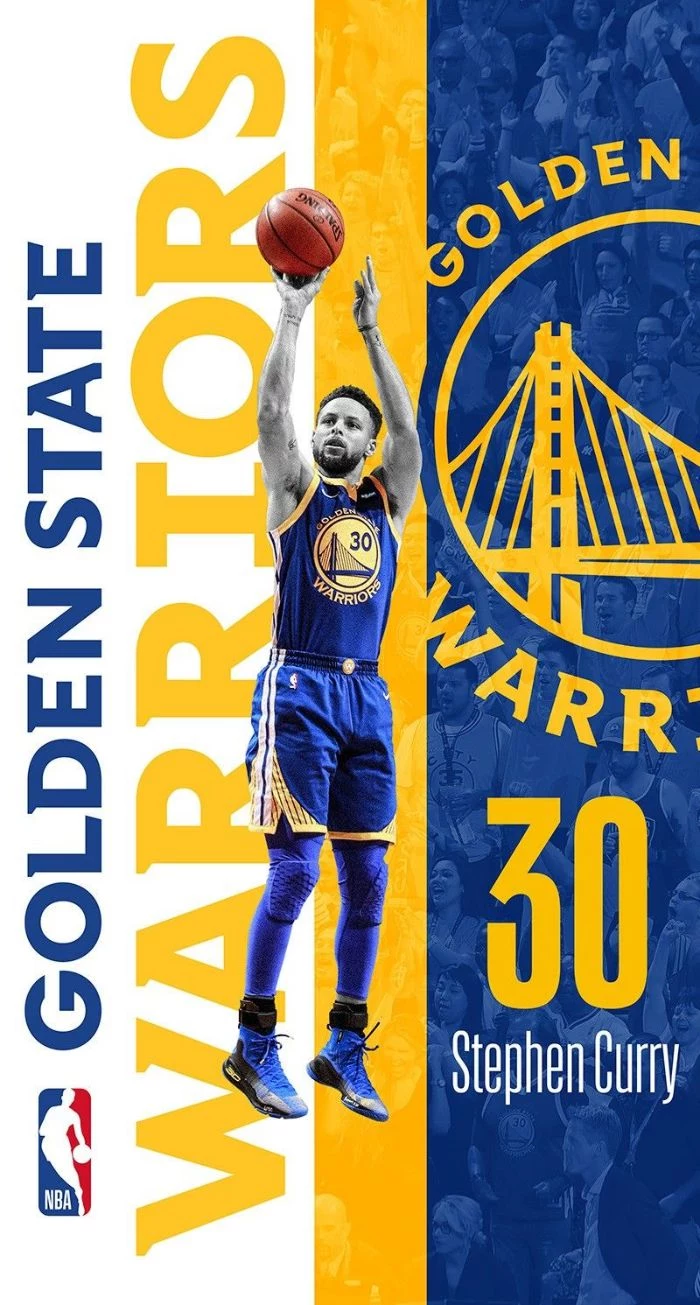
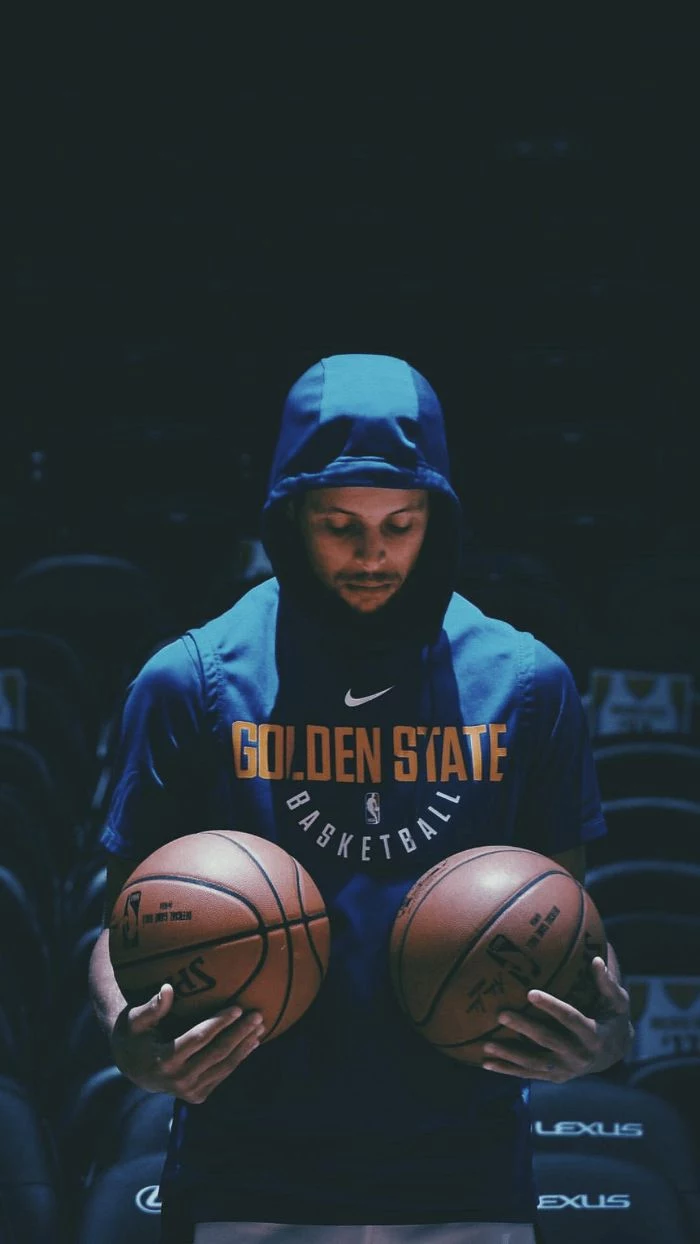
The ‘Gravity’ Effect: Coaches and analysts now commonly use the term ‘Curry gravity’ to describe how he pulls defenders 30 to 35 feet away from the basket. This defensive attention doesn’t just open up lanes for his teammates; it fundamentally warps the geometry of a half-court offense, creating space that simply didn’t exist before his era.
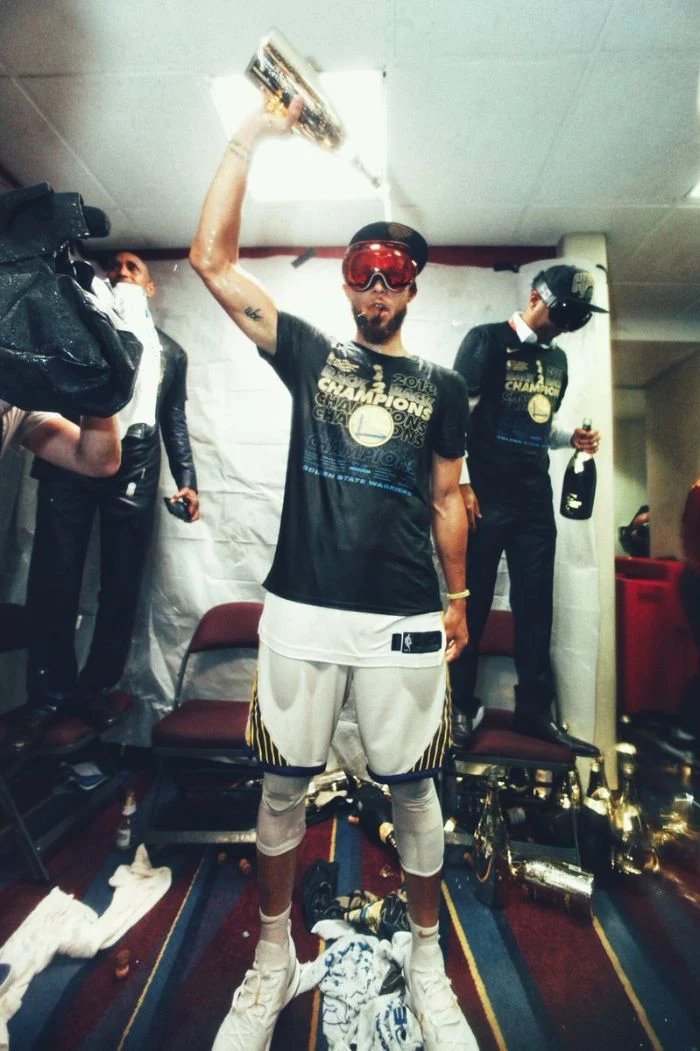
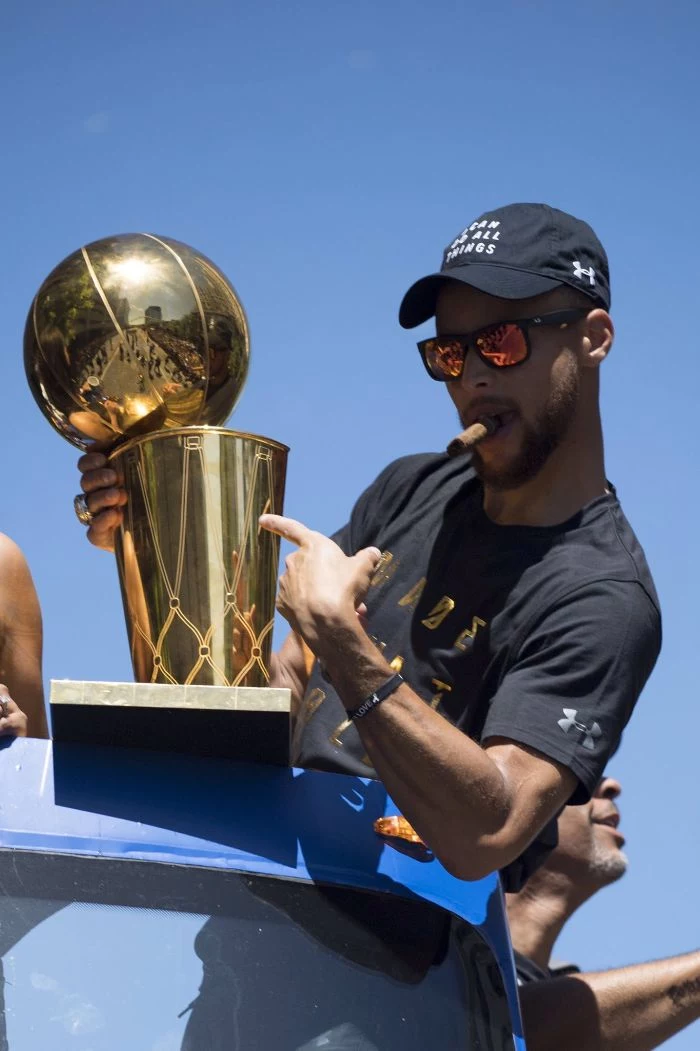
He holds the record for most three-pointers in a single season (402 in 2015-16), a number that was previously considered impossible.
This statistic isn’t just a testament to his shooting; it represents a complete break from traditional basketball strategy. To get there, he attempted over 11 threes per game, proving that high-volume, high-efficiency long-range shooting could be the engine of a championship offense.
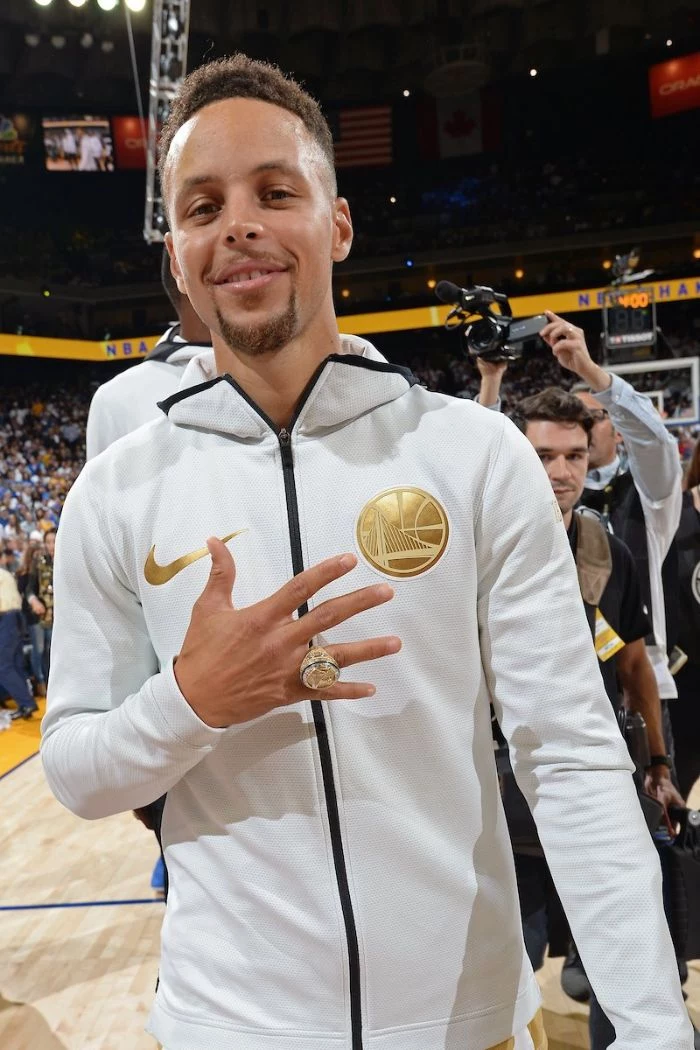
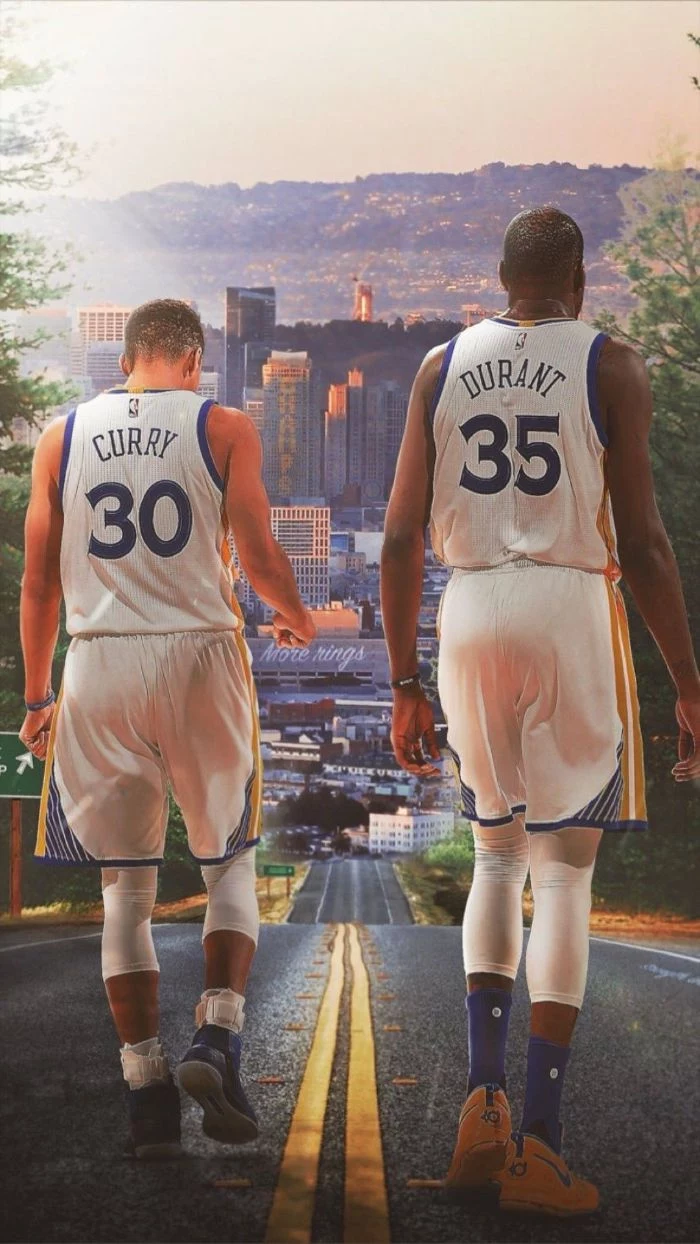
What makes his handle so effective?
Unlike flashier ball-handlers, his dribble is ruthlessly efficient. Every move is designed to create just enough space for a shot. He uses a variety of hesitations, in-and-out dribbles, and behind-the-backs not for show, but to shift a defender’s weight for a fraction of a second—all the time he needs to launch.
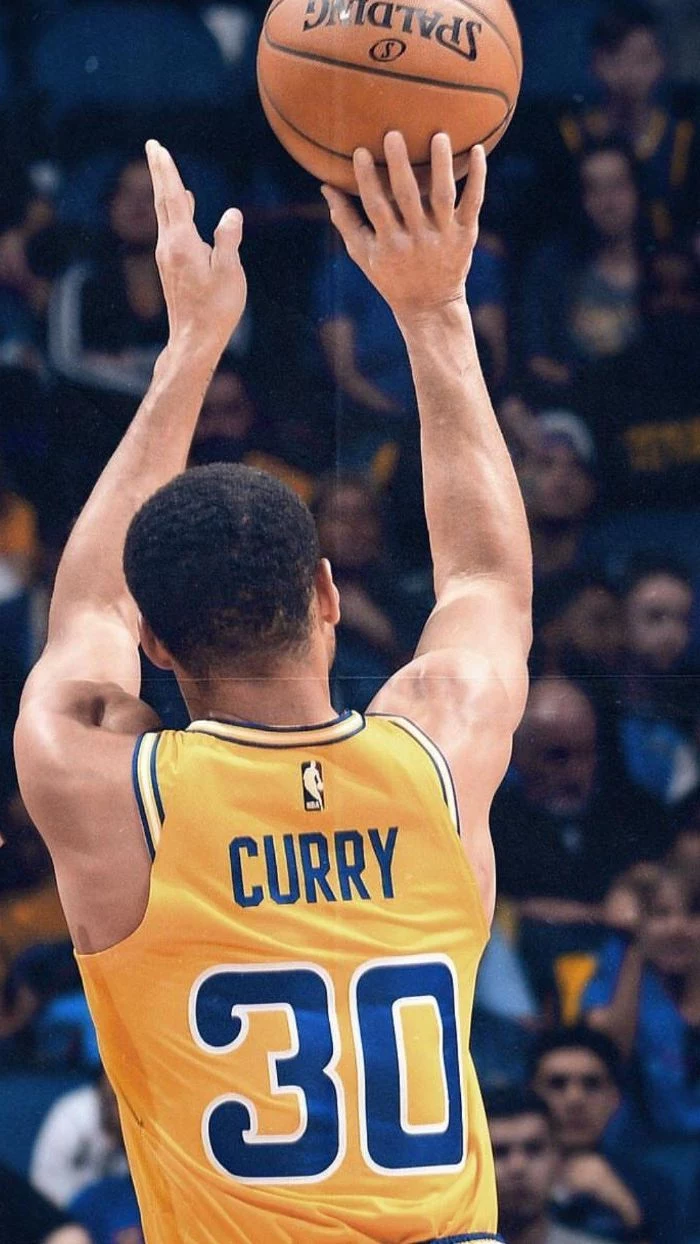

- His shot release point is consistently high and quick.
- The ball travels in a high arc, increasing the margin for error.
- His feet are rarely perfectly square to the basket, a deliberate technique for faster alignment on the move.
The secret? Thousands of hours of repetition building muscle memory so the form is identical, whether he’s fresh or fatigued in the 4th quarter.
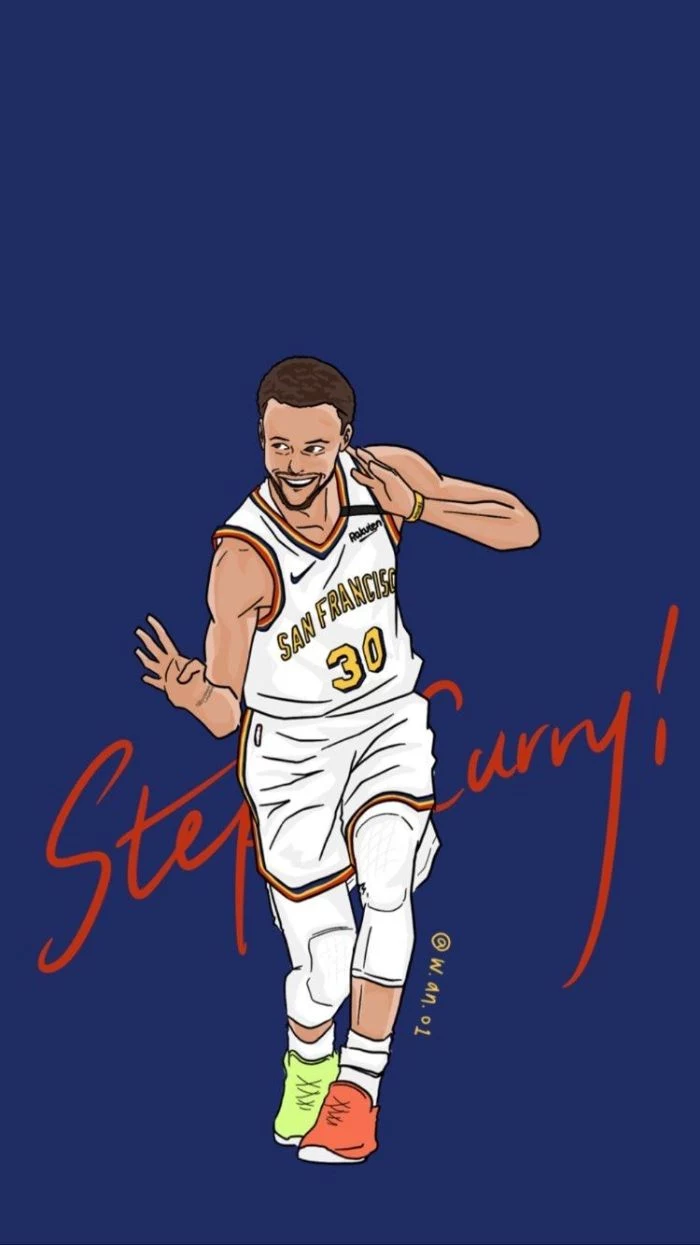
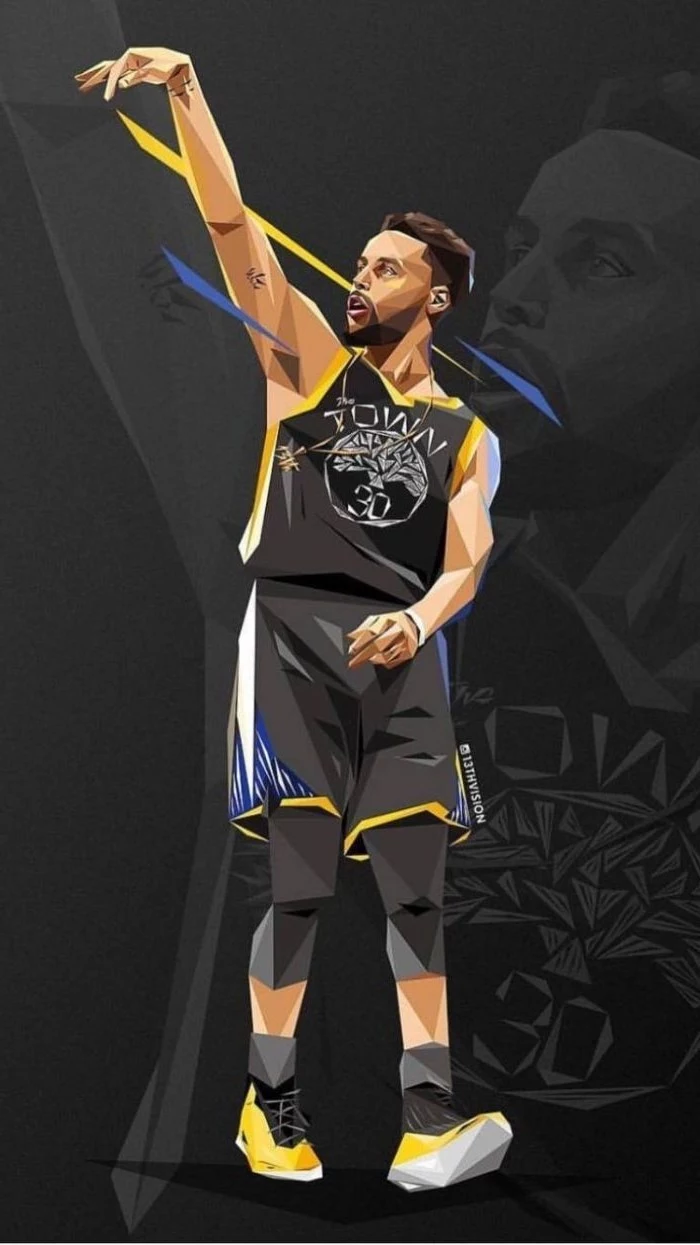
The pre-game warm-up is a spectacle in itself, but it’s built on specific drills any player can adapt:
- Two-Ball Dribbling: To activate both hemispheres of the brain and improve hand-eye coordination under pressure.
- Form Shooting: One-handed shots starting inches from the hoop, gradually moving back to reinforce mechanics.
- The Tunnel Shot: A famous routine where he shoots from the arena tunnel, a way to lock in focus and range from the moment he steps on the court.

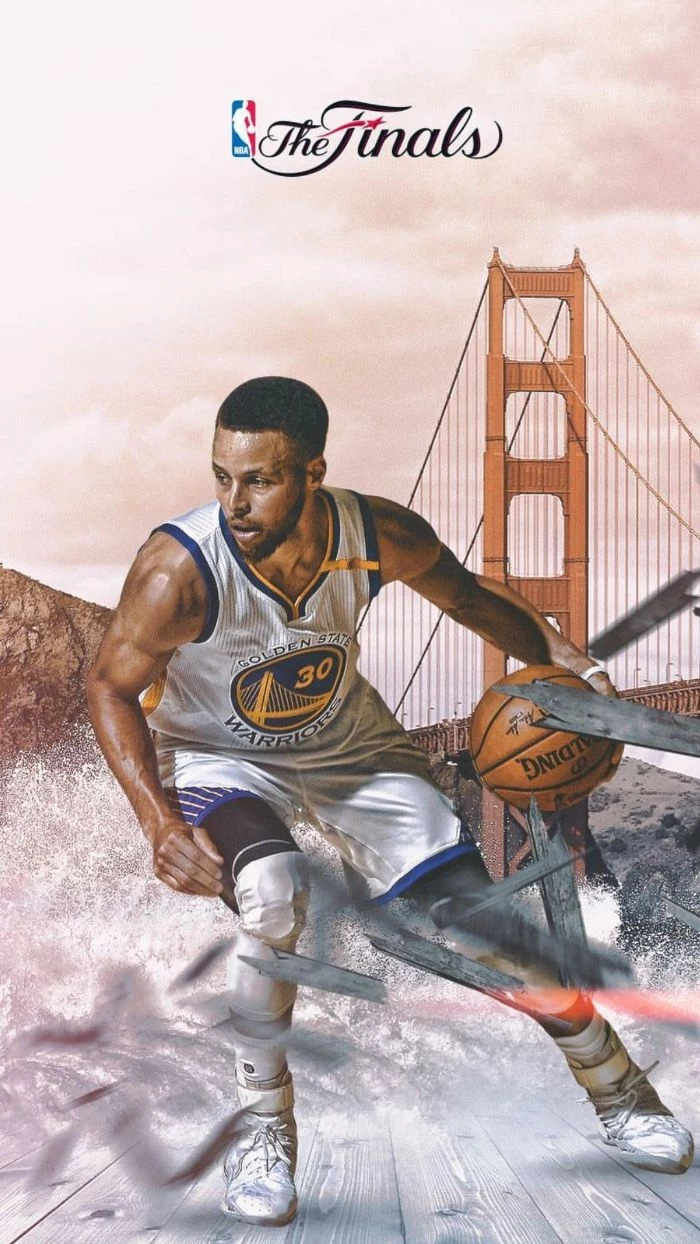
Under Armour Flow: The technology in his signature shoes, like the Curry Flow 9, eliminates the traditional rubber outsole. The entire sole is made of a single piece of foam that provides both cushioning and incredible traction. This makes the shoe lighter and gives him an unmatched feel for the court, crucial for the sharp cuts he makes.
Traditional Basketball Shoes: Rely on a heavy rubber outsole glued to a foam midsole. While durable, this can create a disconnect between the foot and the playing surface.
The result for Curry is a shoe that functions more like a running spike, built for speed and precision.
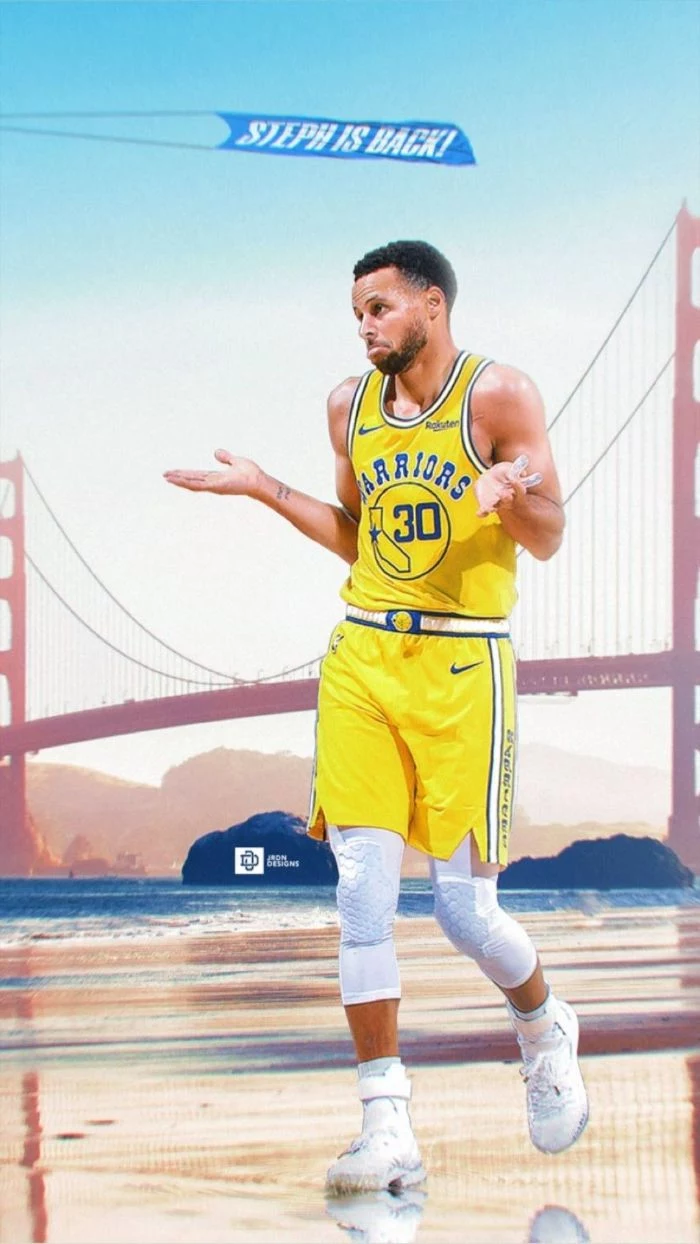
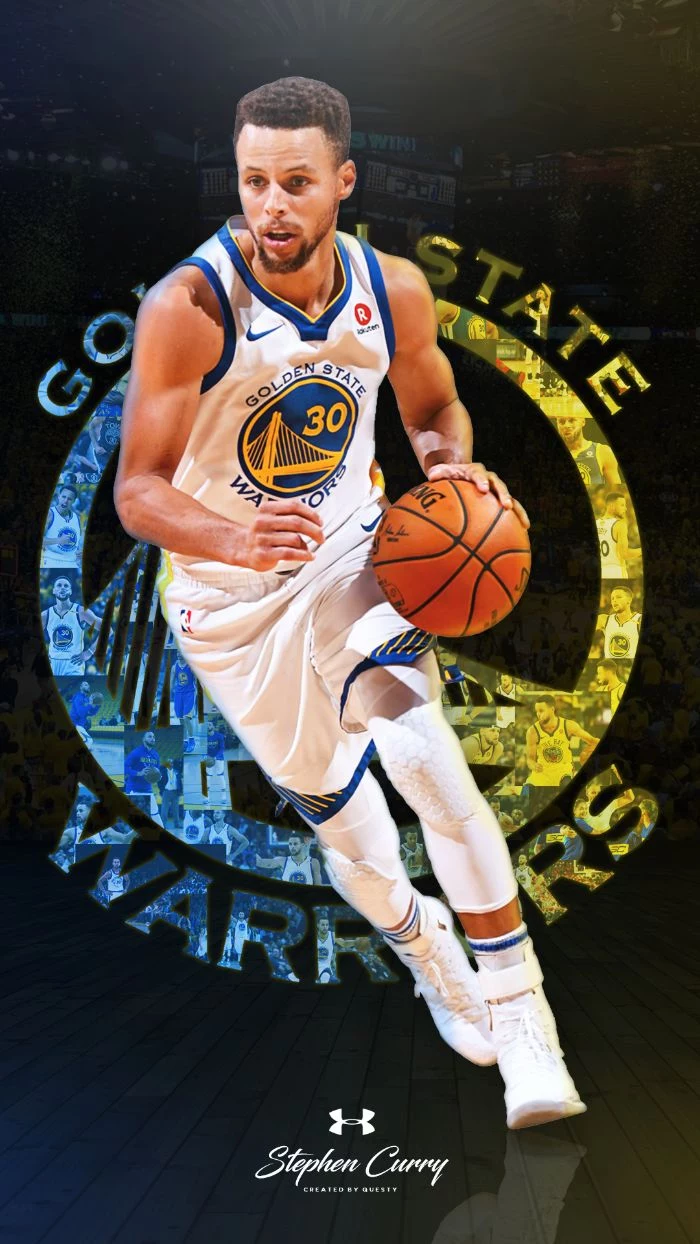
The partnership with Klay Thompson, dubbed the
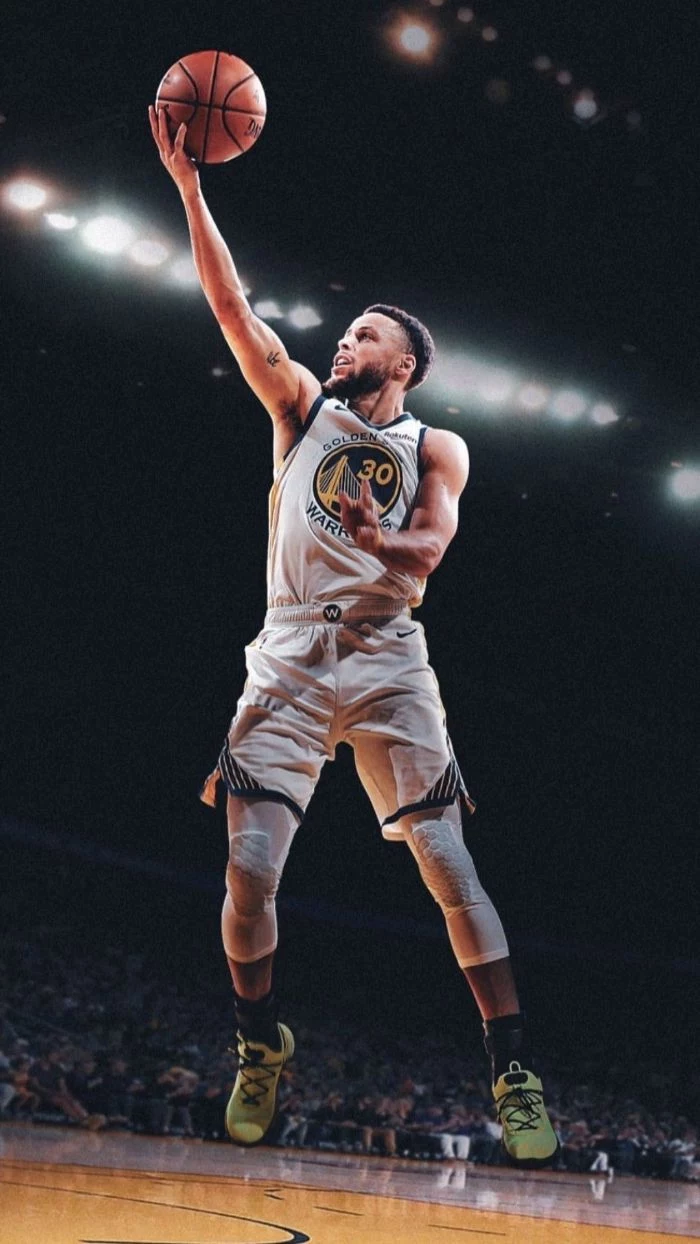
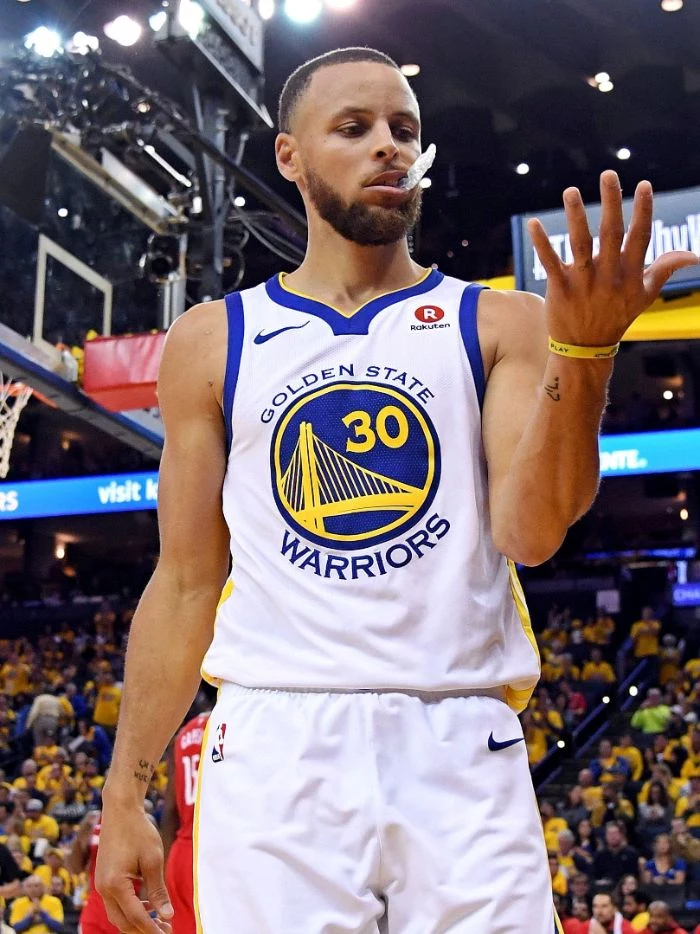
The biggest mistake young players make: They try to copy his shooting range without first building his foundational strength. Shooting from 30 feet is a product of power generated from the core and legs, not a simple arm movement. Master your form from 15 feet before you start extending your range.
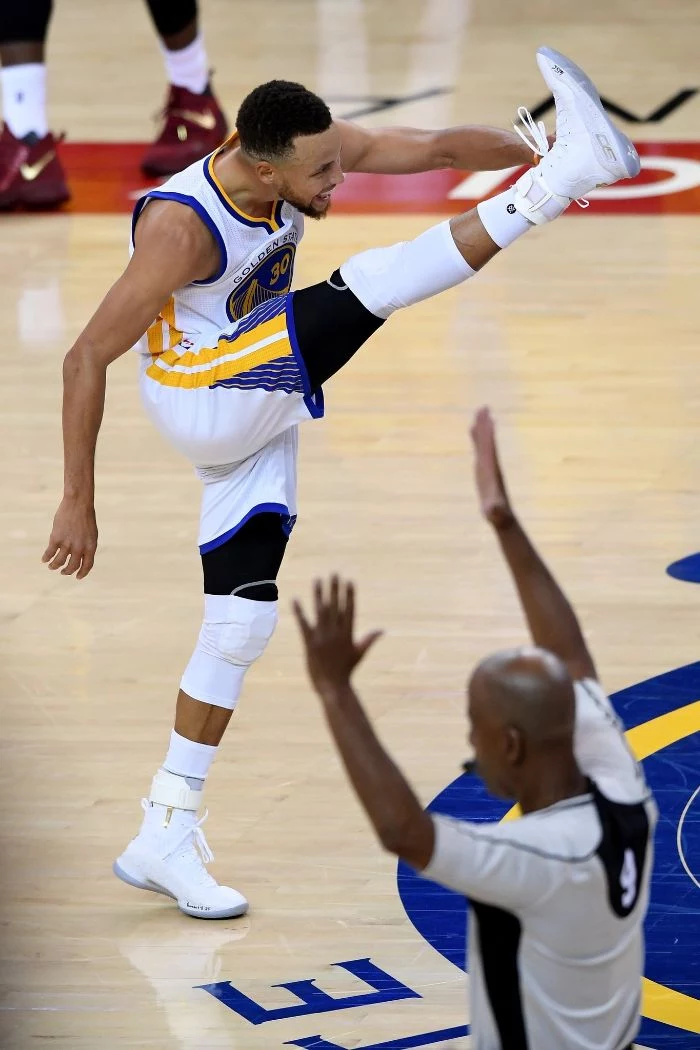
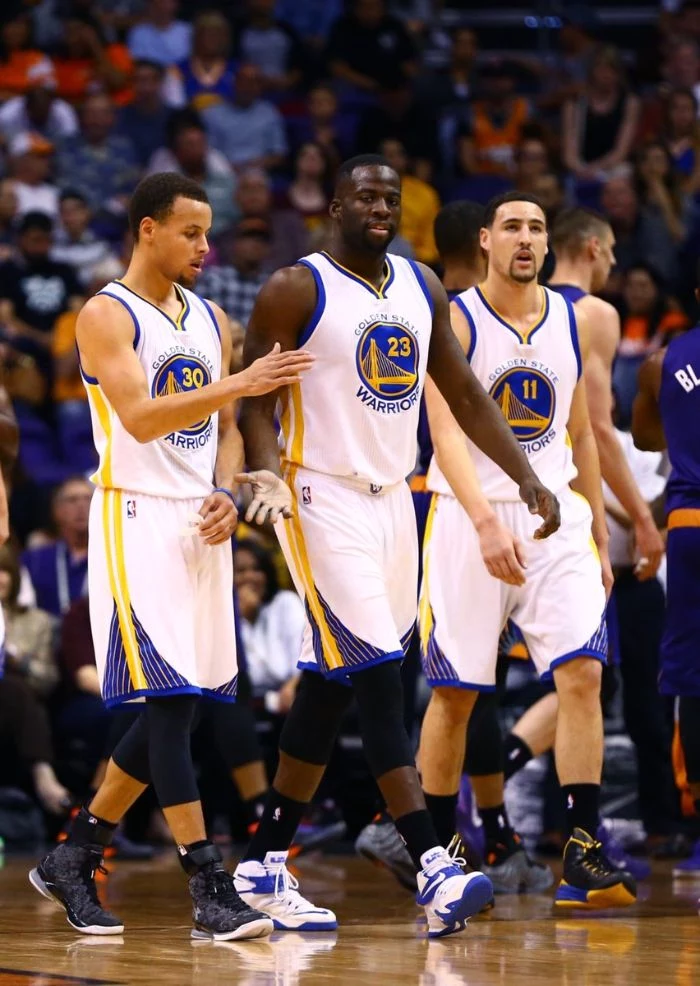
To improve his reaction time and ball-handling under duress, he has famously incorporated sensory deprivation tools into his training. He’s often seen practicing while wearing strobe glasses, which flash to intermittently block his vision, forcing his brain and nervous system to adapt and process information more quickly.
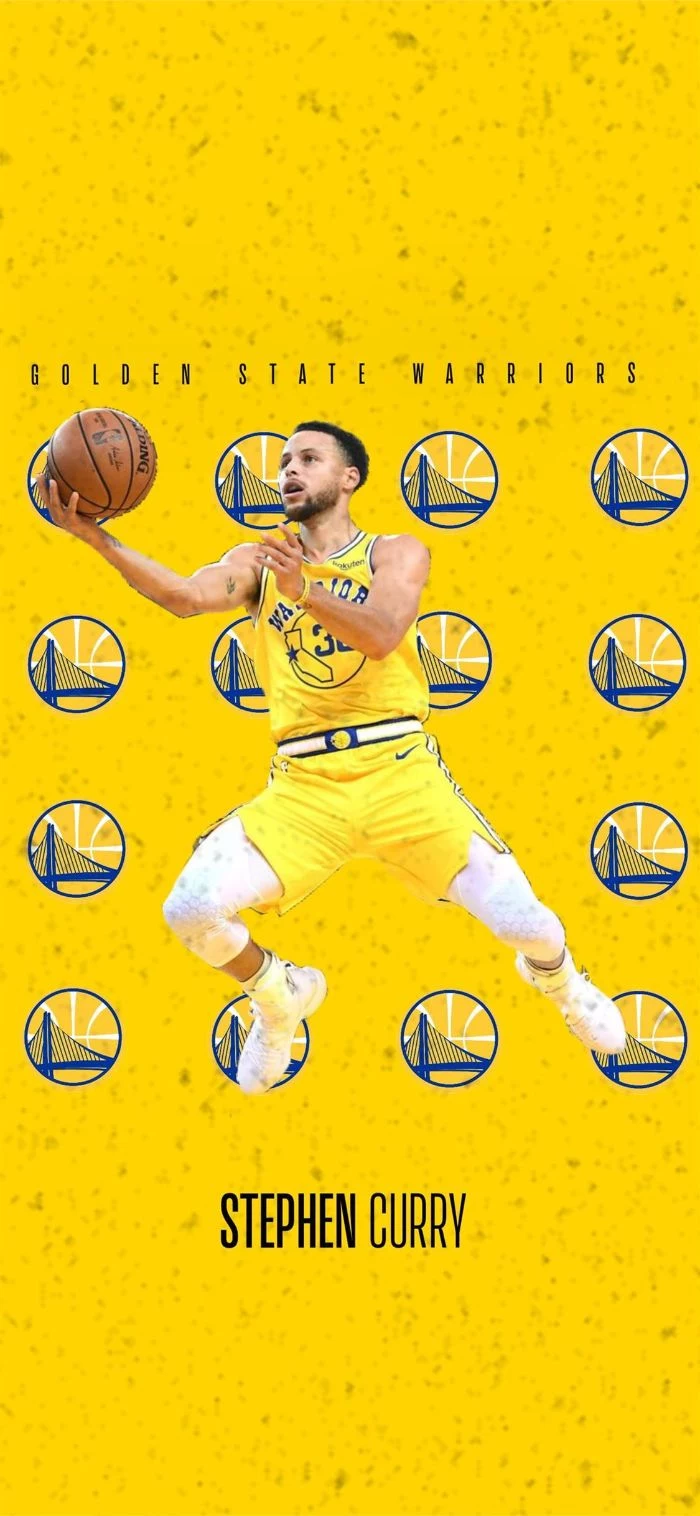
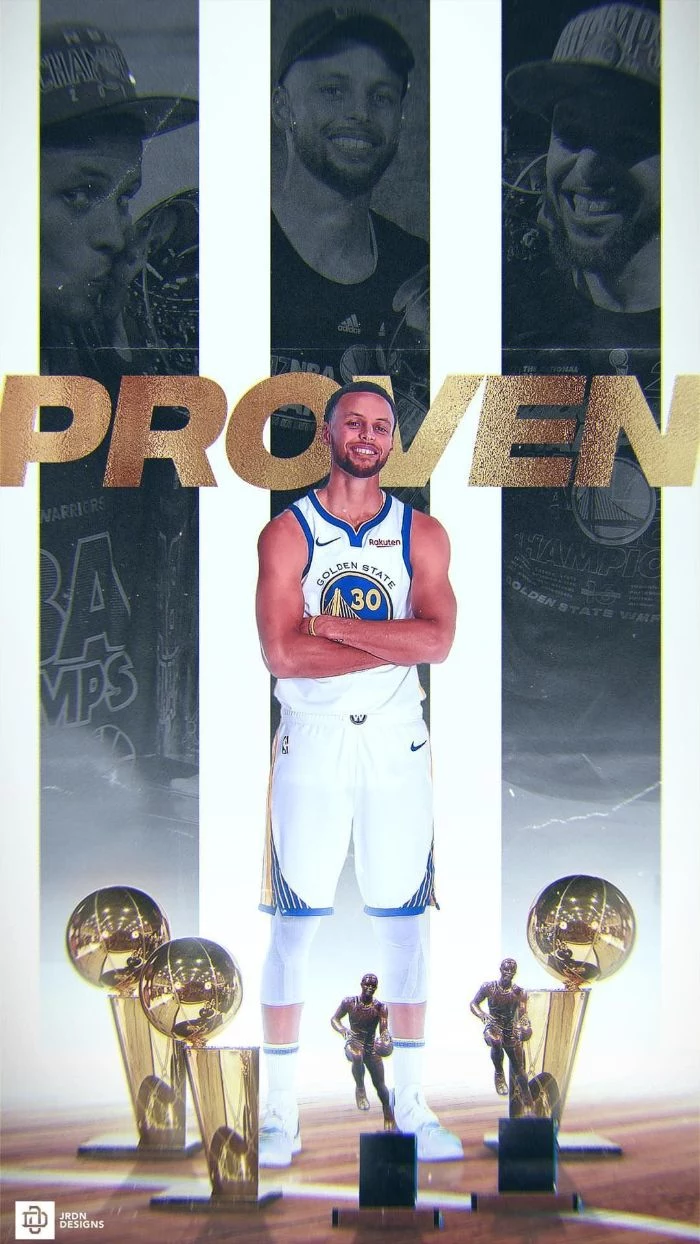
- Increases proprioception (your body’s awareness in space).
- Improves stability on landings, protecting the ankles.
- Develops core strength for rotational power.
The technique? A dedicated focus on single-leg exercises and balance work, often performed on unstable surfaces like a BOSU ball.
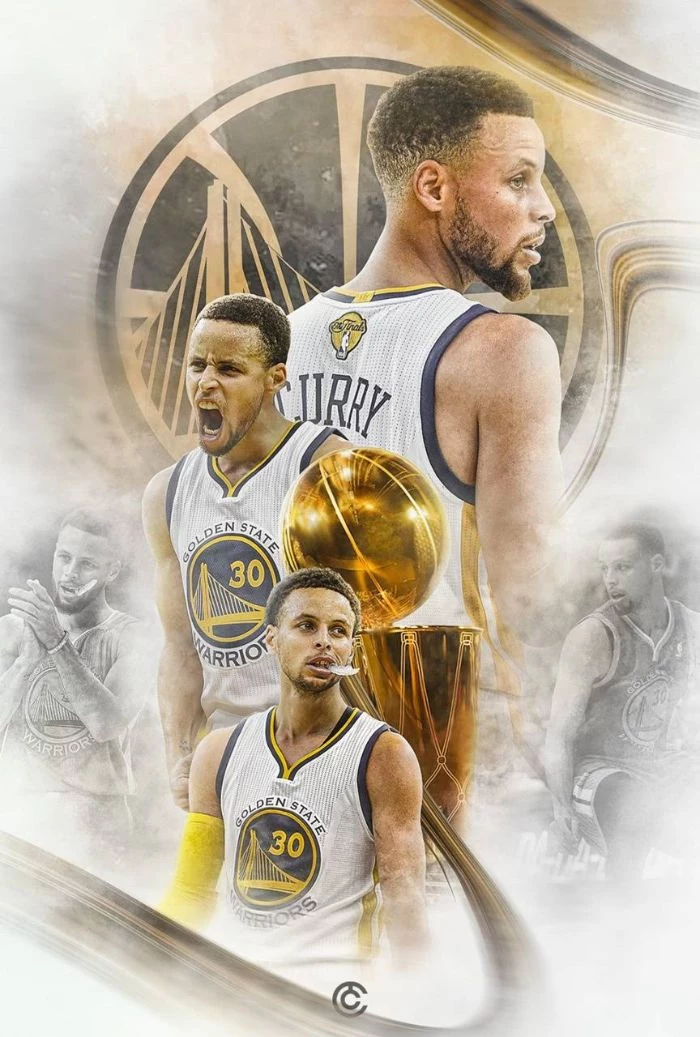
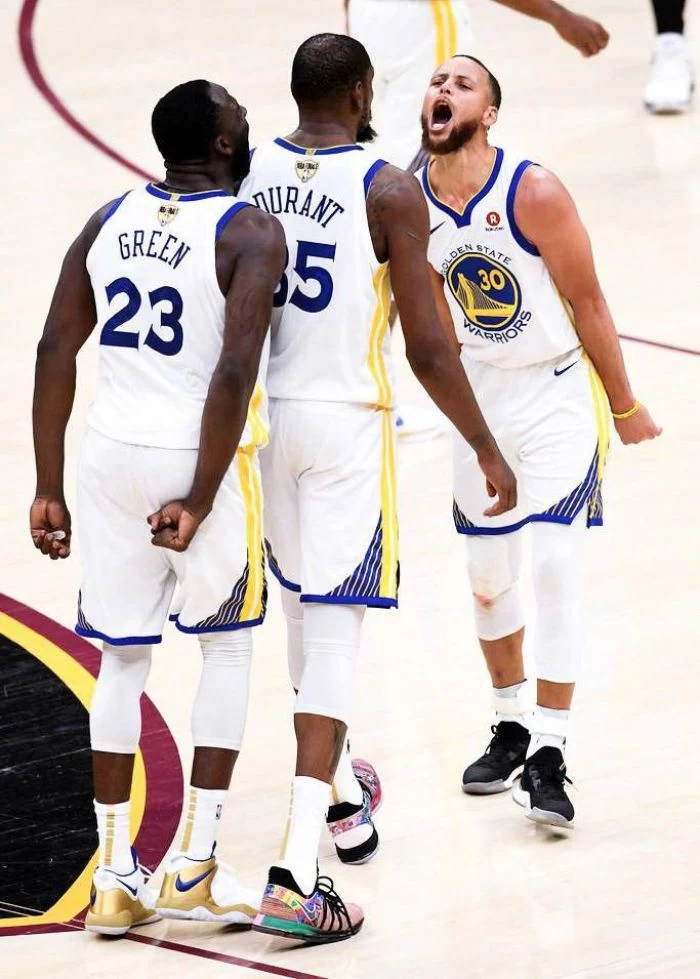
An average NBA player runs about 2.5 miles per game. In his prime, Curry often exceeded 2.7 miles, much of it in high-speed sprints and cuts without the ball.
This incredible stamina is his secret weapon. He exhausts his primary defender, forcing switches and causing communication breakdowns that lead to open shots for himself or others. His conditioning is as much an offensive tool as his dribble.
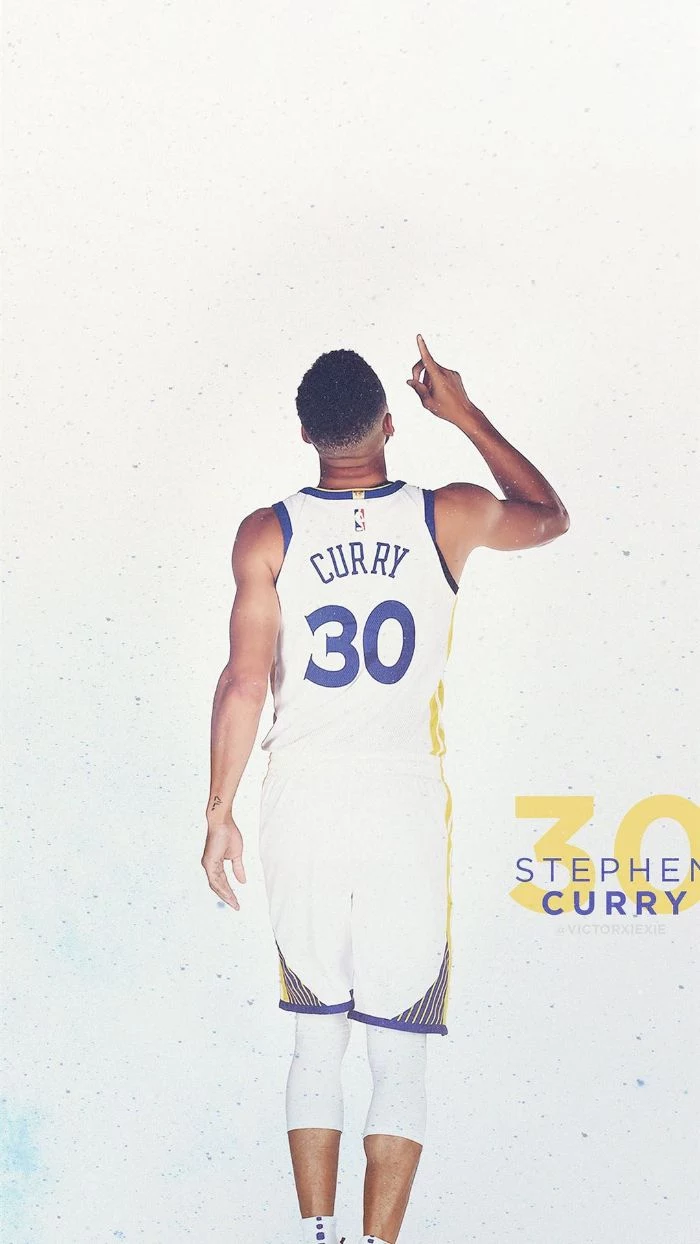
What is the
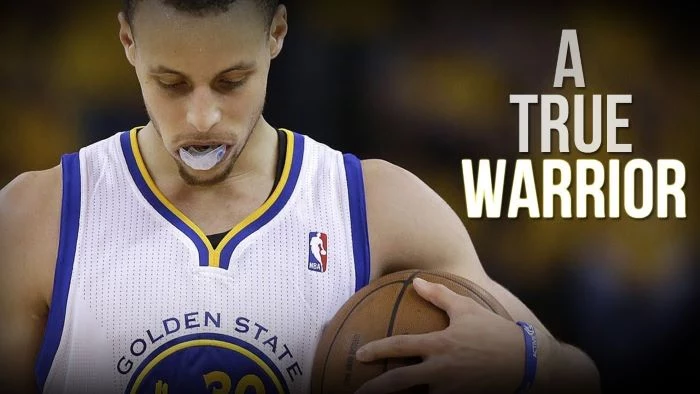
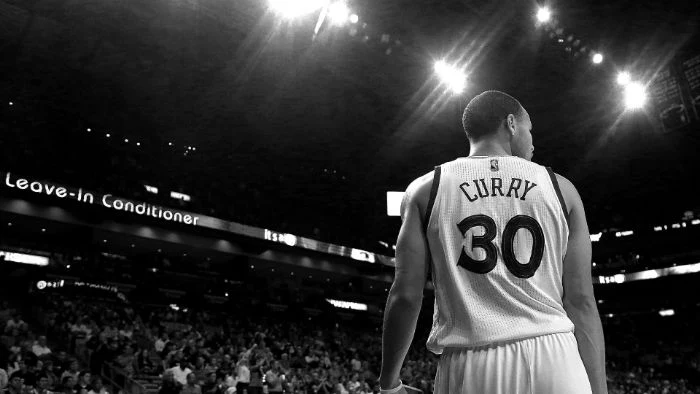
The influence of his father, Dell Curry, a respected NBA shooter himself, cannot be overstated. Dell famously helped his son rebuild his shooting form in high school, moving the release point from his chest to above his head. This fundamental change was the first step toward creating the quick, high release that is now unguardable.
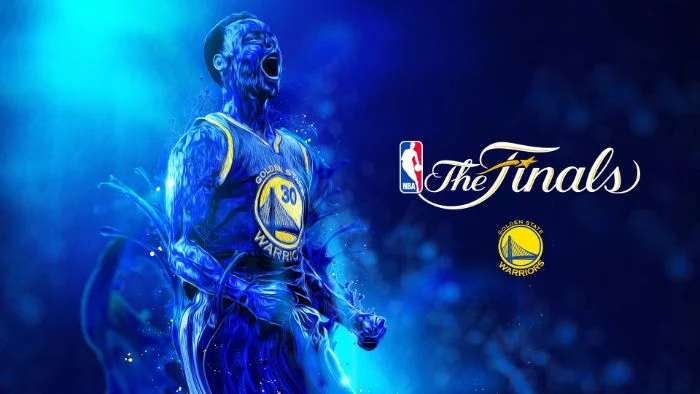
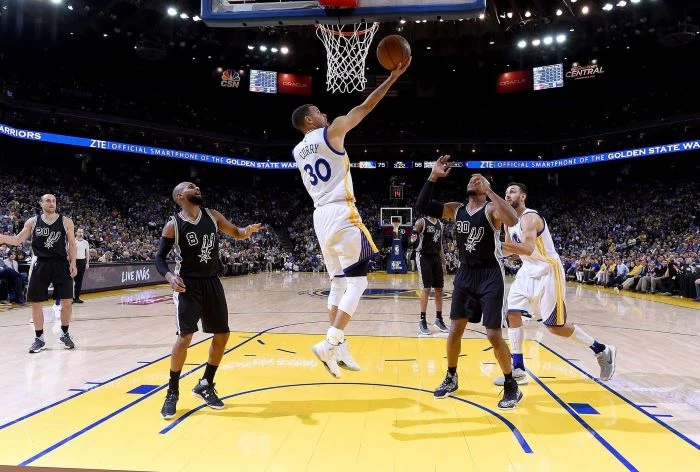
Mental Preparation: Beyond the physical, his mental game is elite. He uses visualization techniques and has a documented routine to stay present. His famous shimmy or celebratory dance after a big shot isn’t just arrogance; it’s a mechanism to stay loose, joyful, and in the moment, releasing the immense pressure of big-game situations.
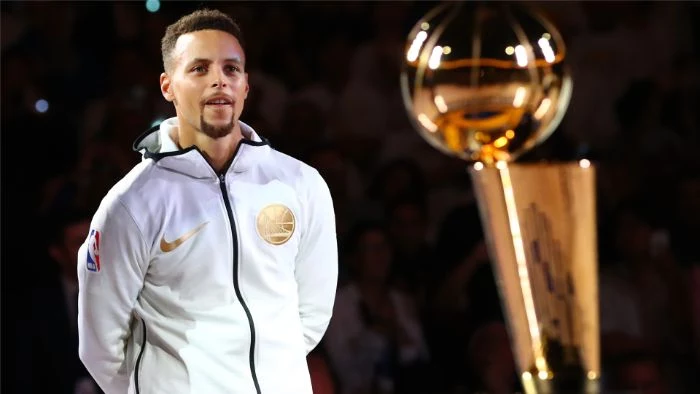
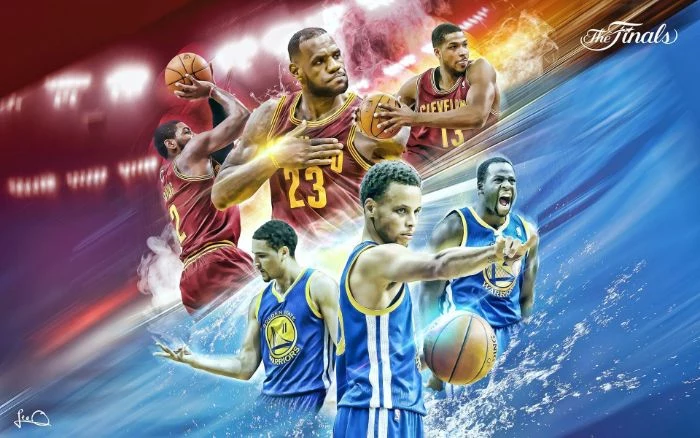
To counter his unique threat, defenses have had to resort to unconventional strategies like the

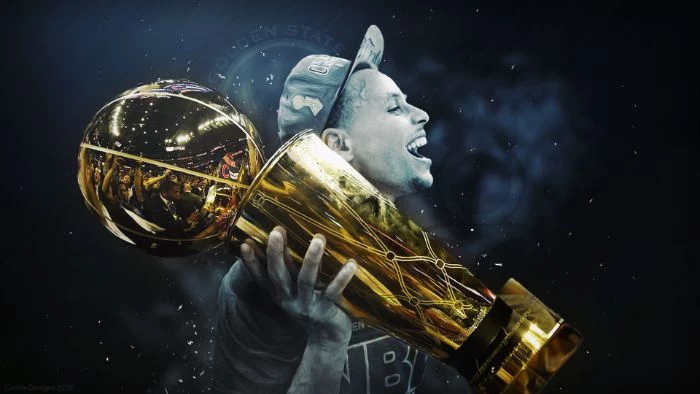
- Practice form shooting with one hand to perfect your follow-through.
- Use a tennis ball while doing dribbling drills to improve your weak hand.
- Focus on bodyweight exercises like squats, lunges, and planks to build the core and leg strength that powers the long-range shot.
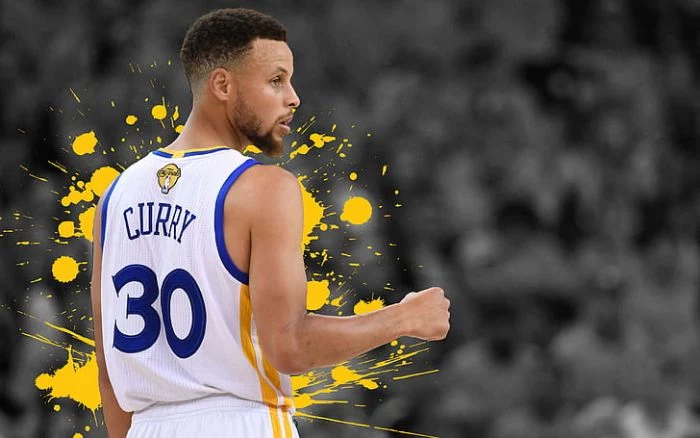
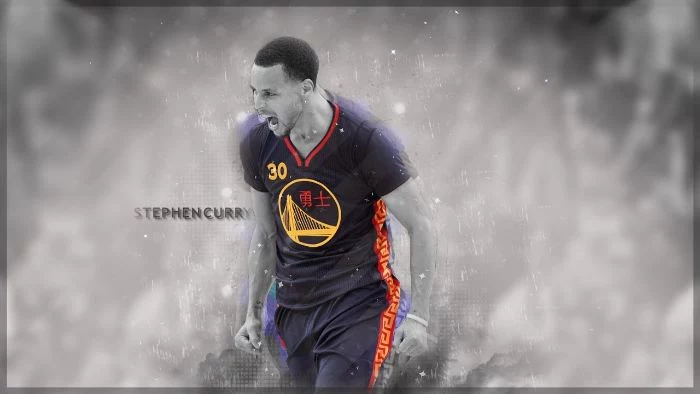
That feeling in an arena when he makes two or three in a row is palpable. A nervous energy buzzes through the opposing crowd, while the home fans rise in anticipation. Every time he touches the ball past half-court, there’s a collective intake of breath. This is the definition of putting fear into a defense.
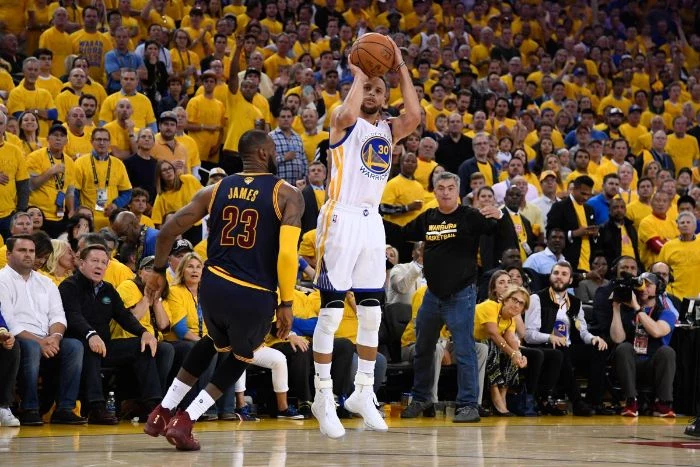
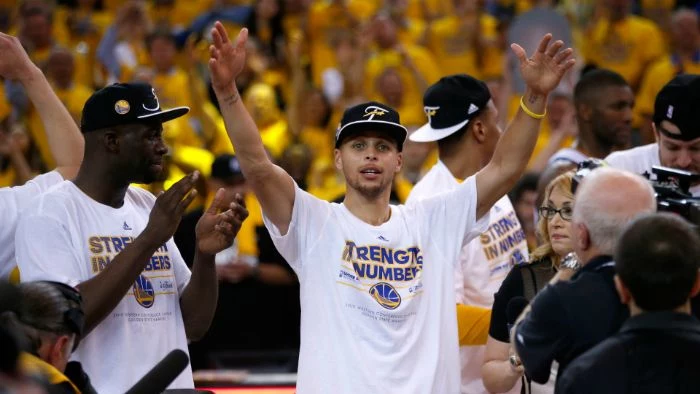
For Longevity: The grueling work he and his performance coach, Brandon Payne, put in during the offseason is focused on durability. After the early ankle issues, their program shifted to building ‘functional strength’—not just lifting heavy, but training movement patterns that directly translate to the court and bulletproof his body against the strain of an 82-game season.
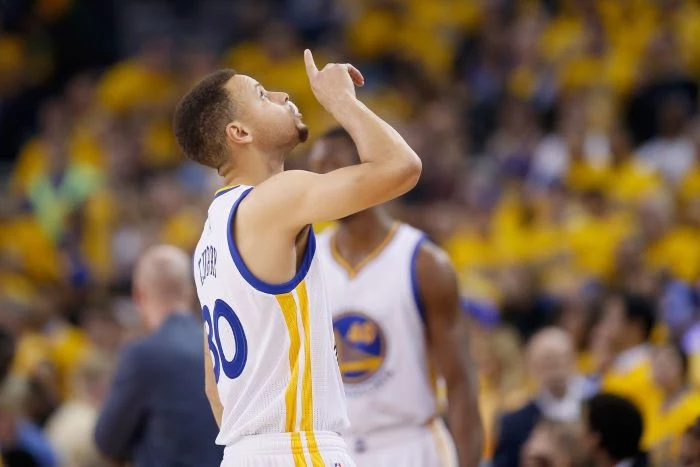
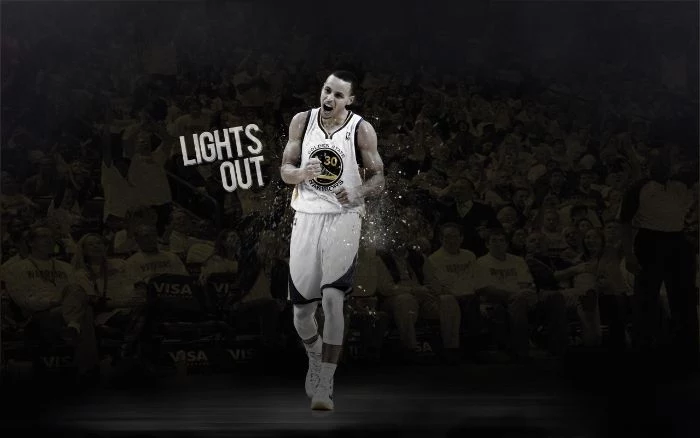
Is there a ‘perfect’ basketball for a shooter?
While players adapt, the ball’s material matters. The NBA switched from the Spalding leather ball to the Wilson Evo NXT with a microfiber composite cover. Many shooters, including Curry, noted a difference in feel and grip. His ability to maintain his numbers through that change speaks to how deeply ingrained his mechanics are, independent of the equipment.
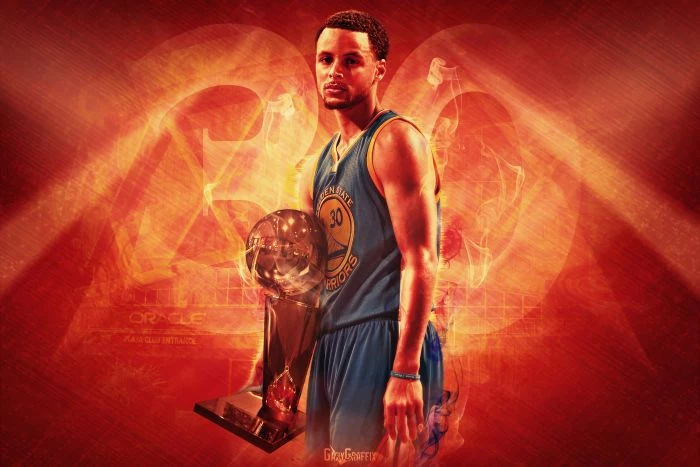
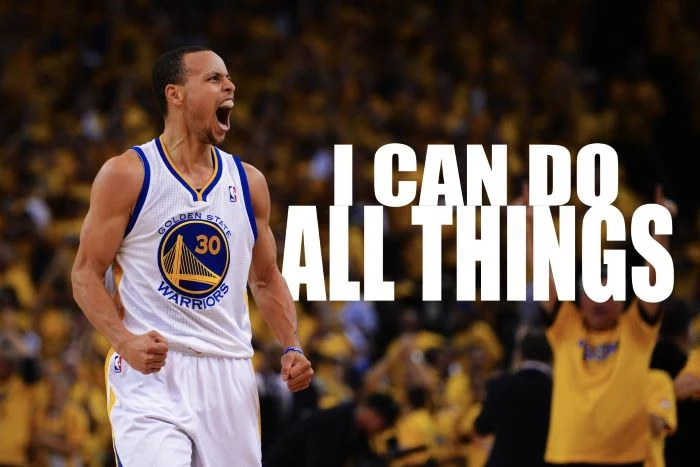
The ‘3-point revolution’ he led has changed player development entirely. Now, power forwards and even centers are expected to be able to shoot from distance. A skill that was once a specialist’s niche is now a prerequisite for players at almost every position, all because he proved how dominant it could be.
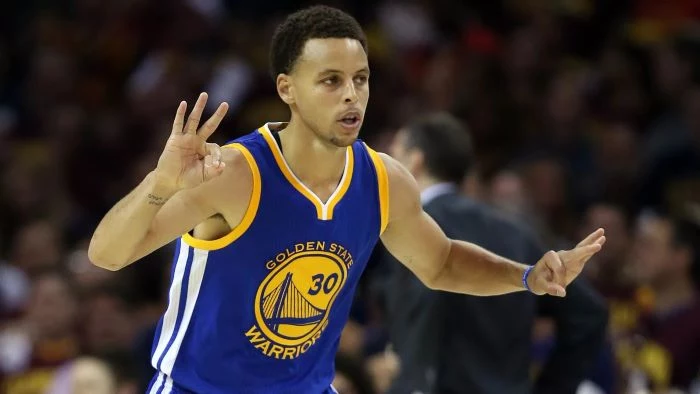
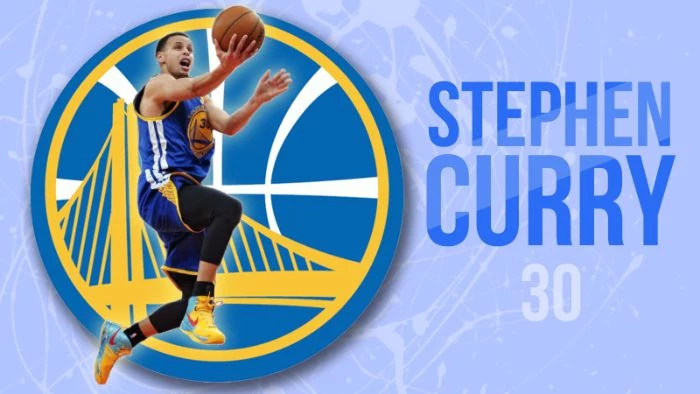
Diet and Nutrition: It’s not just about the work in the gym. He adheres to a strict diet, famously eating popcorn before every game—a specific brand, prepared a specific way by the team staff. It’s part of a meticulously planned nutrition regimen that fuels his high-energy output and aids in recovery.
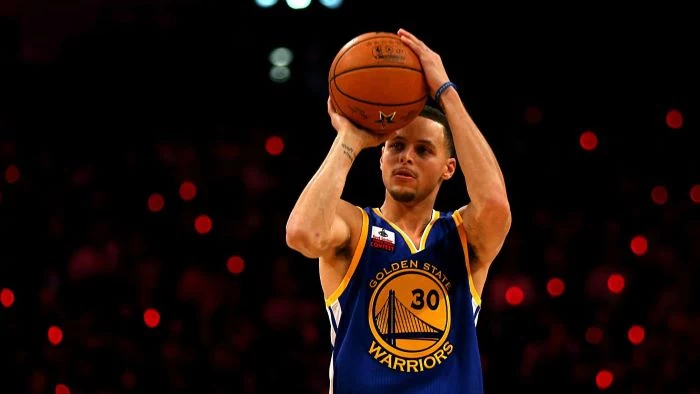
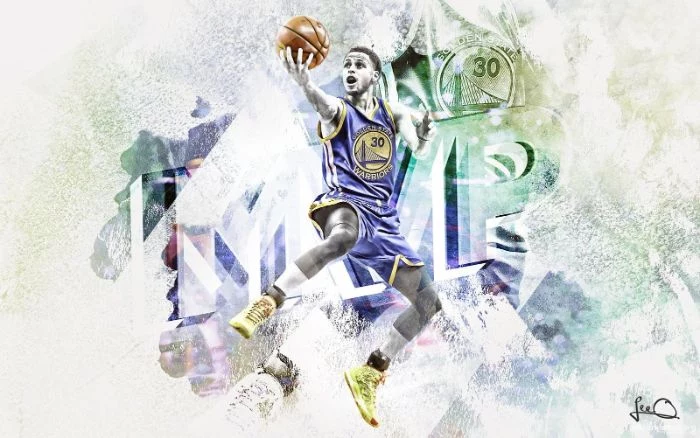
He made 105 consecutive three-pointers in practice in December 2020.
While his 77-straight record is famous, he shattered it years later. This isn’t about luck. It’s a demonstration of neurological mastery, where the brain’s pathways for a perfect shot have been so reinforced that the motion is more automatic than conscious thought.
His impact extends beyond the NBA. Drive past any park or gym in the world, and you’ll see kids of all sizes pulling up from way behind the arc, trying to emulate his game. He made the three-pointer cool and, more importantly, showed that you don’t have to be the biggest or most athletic player to dominate the game.










